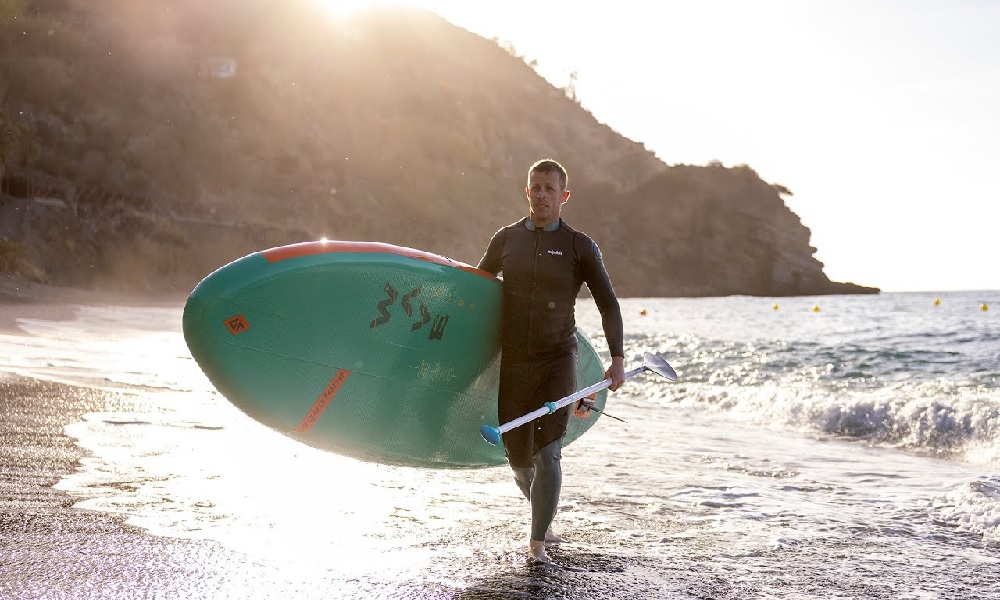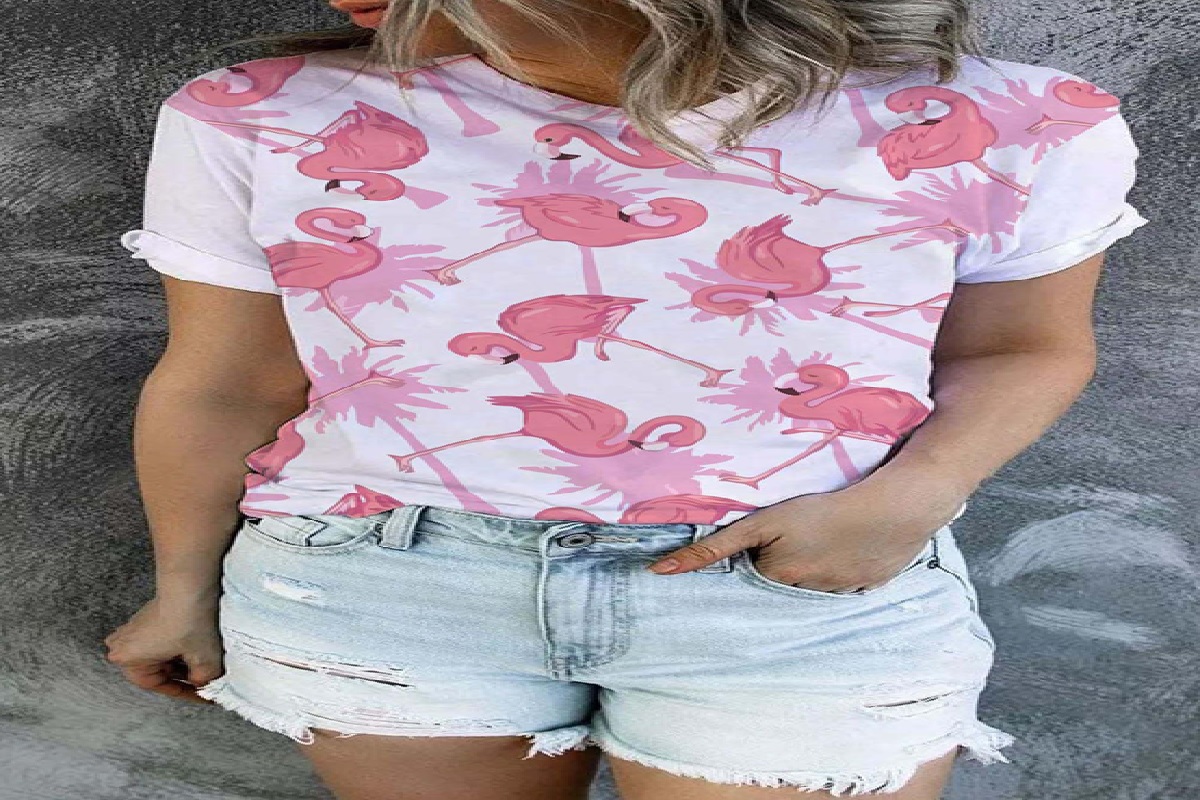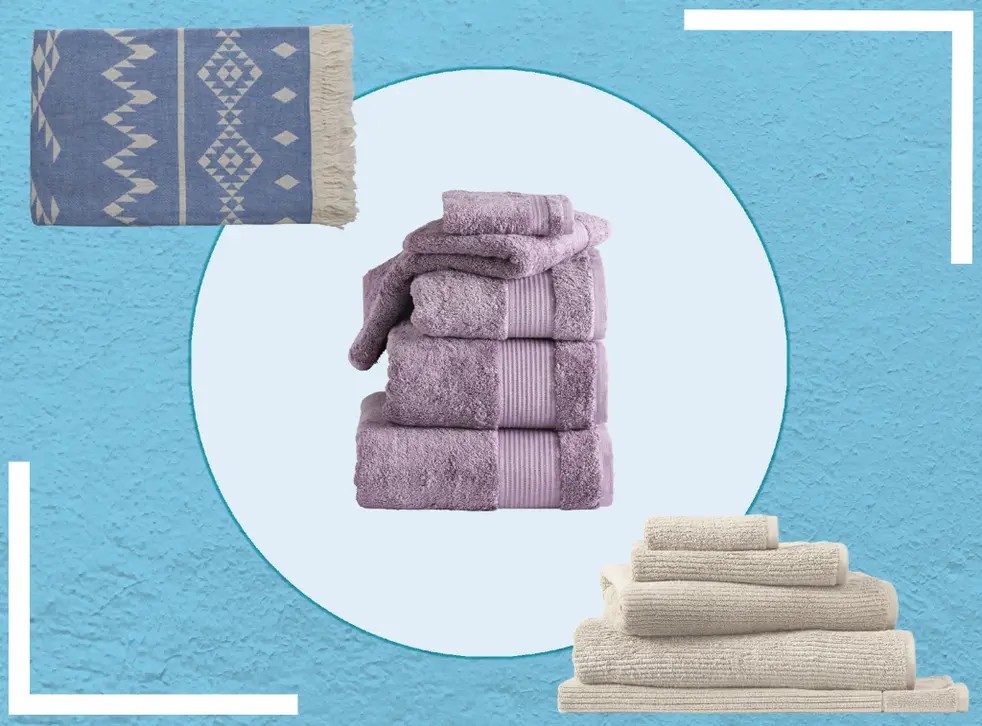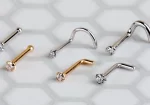A Guide To Selecting The Perfect Men’s Wetsuit Pants

When it comes to water sports and activities like surfing, snorkelling, diving, or even just swimming in colder waters, having the right wetsuit pants can make all the difference in your comfort and performance. Men’s wetsuit pants are a crucial part of any water enthusiast’s gear, but choosing the perfect pair can be a daunting task with the variety of options available in the market. In this guide, we will walk you through the essential factors to consider when selecting the perfect men’s wetsuit pants.
Material Matters
The first thing to consider when choosing Mens Wetsuit Pants is the material. Wetsuits are often constructed of neoprene, a synthetic rubber-like material with good insulation and flexibility. Neoprene comes in different thicknesses, typically ranging from 1mm to 7mm. The thicker the neoprene, the better it insulates against cold water, but it can also restrict movement to some extent.
For activities in warmer waters, 1mm to 3mm neoprene pants are usually sufficient. In colder conditions, opt for thicker neoprene pants, ideally with added thermal lining for extra warmth. Keep in mind that a thicker wetsuit can be more challenging to put on and take off.
Fit And Size
The proper fit is critical for comfort and performance. Men’s wetsuit pants should fit snugly but not be too tight. You should have enough room to move freely without feeling constricted. When trying on wetsuit pants, pay attention to the length, waist, and crotch areas. The pants should cover your legs adequately, and the waist should fit comfortably without being too loose or too tight.
If you’re buying online, make sure to consult the manufacturer’s size chart and consider customer reviews for guidance on sizing. Keep in mind that different brands may have slightly different sizing standards, so it’s essential to check the specific measurements for the brand you’re interested in.
Seam Construction
The way wetsuit pants are stitched plays a significant role in their durability and comfort. There are three primary types of seam construction: flatlock, glued and blindstitched (GBS), and sealed and taped (liquid seam).
- Flatlock: This type of stitching is most common in thinner wetsuits. It involves sewing the seams together, which can result in small holes that allow water to seep in. Flatlock seams are not the best choice for extremely cold waters but can be suitable for warmer conditions.
- Glued And Blindstitched (GBS): GBS seams are created by gluing the neoprene panels together and then stitching partway through the material without fully penetrating it. This method provides better insulation and minimises water entry compared to flatlock seams.
- Sealed And Taped (Liquid Seam): This is the most advanced seam construction method. Liquid seam involves gluing and taping the seams to create a watertight seal. It offers superior insulation and durability but can be more expensive.
Choose the seam construction that matches your intended water conditions and budget.
Zipper Or No Zipper?
Some men’s wetsuit pants come with zippers, while others are designed to be pull-on. The choice between the two depends on personal preference and the specific activity. Zippers can make it easier to put on and take off the pants but can potentially allow water to seep in. Pull-on pants often provide a better seal but may be a bit more challenging to don and doff.
Consider the convenience and functionality of zippers versus the watertight seal of pull-on pants when making your decision.
Brand And Quality
The brand you select can have a big influence on the quality and durability of your men’s wetsuit pants. Well-known brands with a track record of producing high-quality water sports equipment are typically a safer bet. Investigate customer evaluations and get advice from other water enthusiasts to determine which manufacturers are recognised for the durability and performance of their wetsuit pants.
While it may be tempting to choose the cheapest choice, investing in a quality pair of wetsuit pants can save you money in the long term since they are less likely to wear out or require frequent repairs.
Additional Features
You may wish to explore extra features in your men’s wetsuit pants based on your individual demands and preferences. Some pants come with reinforced knee pads or seat areas for added durability. Others may have built-in pockets for convenience or unique design elements for style.
Consider what features are essential for your particular water activities and choose pants that align with those requirements.
Maintenance And Care
To prolong the life of your men’s wetsuit pants, proper care is essential. Rinse your wetsuit pants with fresh water after each usage to remove salt, sand, and other debris. Hang them to dry in the shade, avoiding direct sunlight, which can damage the neoprene. Occasionally, use a wetsuit-specific shampoo to clean your pants and maintain their flexibility.













